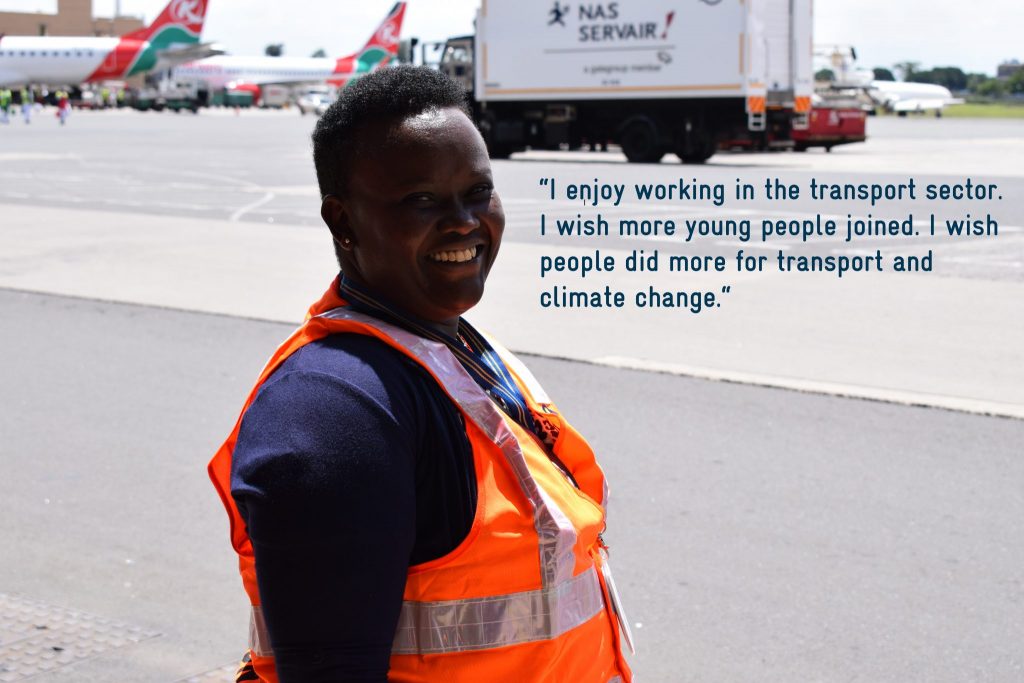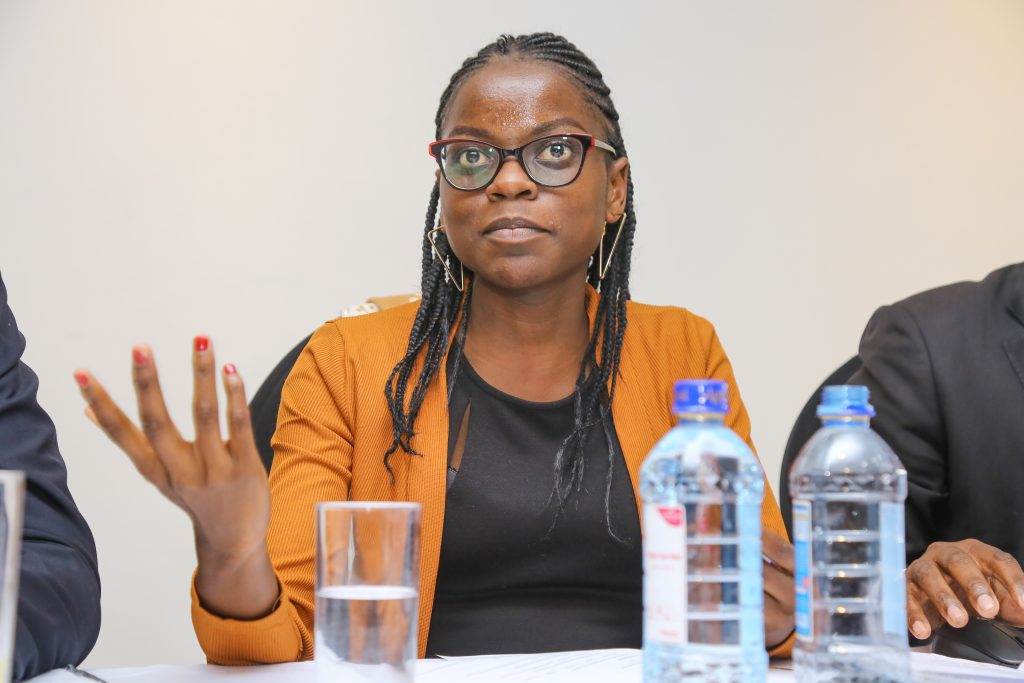
Background
The transport sector is by far much more male dominated than other sectors of the economy. In the European Union, the share of women working in transport is less than one quarter while the overall share of women working is 46% (European Commission 2018.[1]). And the EU is not an exception. Globally, women are underrepresented in the transport sector. The low representation of females in transport is largely attributed to the lack of equal rights and opportunities for women. However, women’s roles have continued to diversify over the years and as a result, so have employment opportunities. Apart from improved legislation, the work of non-governmental organisations aiming at increasing awareness leads to companies taking continued provision to improve access of women to the workspace, also in transport. Enhanced equal rights and opportunities for women in transport can also be promoted through the creation of platforms and networks, leading to new avenues for women to take on roles in sectors traditionally attributed to men. Another important aspect is the inspiring effect of role models – which is why we want to introduce two female change makers in transport to you.
Interviews
Naomi Gitau is the environment manager of the Kenya Airports Authority (KAA). She is the climate change focal point of KAA in the transport sector’s Climate Change Coordination Unit. The establishment of the unit has been supported through the Advancing Transport Climate Strategies (TraCS) project implemented by GIZ and the State Department of Transport in Kenya’s Ministry of Transport, Infrastructure, Housing, Urban Development and Public Works in fulfilment of the Climate Change Act 2016.
How did you end up in transport?
Through interactions with my colleagues in the environment sector.
Is being in transport something you always wanted to do?
Not really, but I am passionate about the environment. In my former job, I wanted a change, so when the opportunity presented itself, I took it.
What does your work entail?
Advising Kenya Airports Authority (KAA) on environment and climate change. I also represent KAA and the entire Africa in the Aviation Council International.
Which are the top challenges while joining transport as a woman?
Like in every other job, the higher you go in ranks the fewer women you will find, but at the end of the day what matters is the content of your work, not your gender. I wouldn’t say I faced challenges because I am a woman but because like in any other work place, the initial phase is to learn how systems work. My work involves interacting with engineers, so I had to navigate my way since I am not an engineer. They understand my role is important for the organization with environmental sustainability being a key pillar for KAA.
Has the industry changed over time?
Yes, it has, environmental issues are at the core of all the work we do now. Like I said environmental sustainability is one of our key strategic pillars.
What needs to change to encourage more women to join?
Mind shift. Working in transport especially if you are passionate about the work is truly special.
If you had one wish, what would it be?
I wish more young people would join the transport sector. I am currently mentoring two. I also wish people did more for transport and climate change.
One of the young women working under Naomi Gitau is Ivy Okwado:

How did you end up in transport?
I did my attachment at KAA when I was still in the university. After completing my studies, I took my documents to their offices just in case an opening came by. They eventually contacted me to join the organization on contract basis.
Is being in transport something you always wanted to do?
It was more of a desire that grew in me after my attachment at the Kenya Airports Authority. I have always wanted to pursue a career that is in line with what I pursued at the university where I studied Environmental Science. Working at KAA made me aware of how crucial and intertwined matters of transport, the environment and climate change are. With time, I have found a niche that needs to be explored in this sector. Definitely I see myself staying in the transport sector for a good while. It’s a good thing I am still young.
What does your work entail?
My work entails supporting the data collection process within Kenya Airports Authority Environment department i.e. data on fuel consumed, data on electricity consumed. We are aiming to be the greenest airport operator by 2022. I also support tracking of KAA’s compliance with existing environmental regulations.
Which are the top challenges while joining transport as a young woman?
It’s a challenge first of all being young and then being a woman in a field that is mostly dominated by older people and I dare say in the bigger picture most of them are men. It leaves you with a feeling of imposter syndrome. I think it is a general problem, but it gets better with time.
What are the second most recurrent challenges you still experience as a woman in your field of work? Have you seen change in the industry over time?
Having interacted with people from various organisations within the transport sector, at first it felt as if there were not enough women to look up to in the transport sector. With time, I have met and interacted with awe-inspiring women who I look up to, my boss being one of them. These women are going to great lengths to make a difference in their spaces and the ripple effect is being felt throughout the industry. There is definitely a change but there is always room for improvement.
As a young person, I have been fortunate to work, interact and be mentored by older people in the sector. However, I feel like more young people should be given such opportunities in order to bridge the gap that’s already there. This will create a space for mentorship, sharing ideas and solutions that will improve the industry.
What needs to change to encourage more young women to join?
It all starts with a change of attitude. Women should know and believe that they deserve a seat at the table, that they have something to offer. To some extent, I think, as women we sell ourselves short, we think that we do not qualify, or we cannot be as good, or even better than our male counterparts. In short, we should believe in ourselves and scale the heights!
We also need to create an environment within the transport sector that incorporates mentorship for young women.
If you had one wish, what would it be?
Looking back to when I was joining the transport sector, I wish I could tell myself to believe and know that I have something I can contribute at that table, as a young person, and as a young woman.
Interviews by Carol Mutiso.
[1] European Commission: Business case to increase female employment in Transport https://ec.europa.eu/transport/sites/transport/files/2018-business-case-to-increase-female-employment-in-transport-final-report.pdf
You are currently viewing a placeholder content from X. To access the actual content, click the button below. Please note that doing so will share data with third-party providers.
More Information